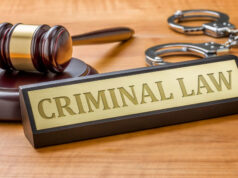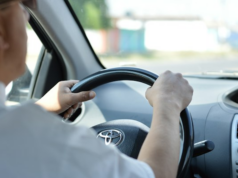When a multi-vehicle collision occurs, often referred to as a pile-up or chain-reaction accident, the aftermath can be a whirlwind of confusion. Dealing with insurance claims in such situations can be complex, requiring a clear understanding of the process. Now, let’s look into what navigating insurance claims after a multi-vehicle collision entails.
Immediate Actions at the Scene
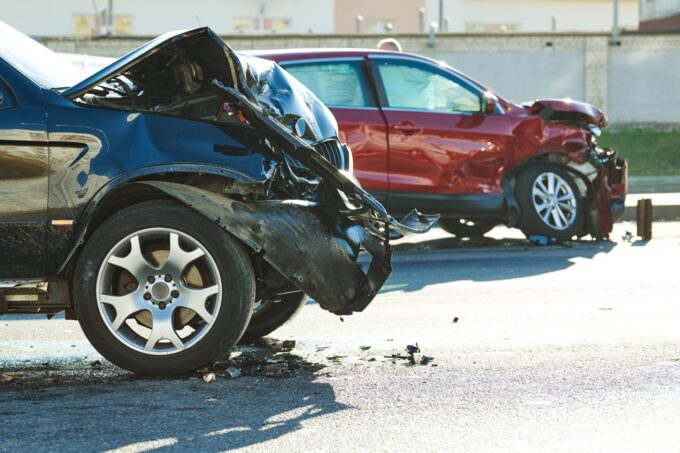
Multi-vehicle collisions, characterized by a chain reaction involving several vehicles, introduce a heightened level of complexity into accident scenarios. One of the primary challenges in these incidents is establishing fault.
Taking specific steps is crucial in the immediate aftermath of a multi-vehicle collision. Below are a few things you should do first:
- Check for injuries: First and foremost, check for injuries among yourself and others involved. If there are injuries, call the police (911) immediately.
- Contact law enforcement: Notify the police to report the accident. A police report is a critical piece of evidence for insurance claims.
- Exchange information: Offer your contact and insurance information to all parties involved. Gather witness information if available.
- Document the scene: If it’s safe to do so and you get the okay from law enforcement, take photographs of the accident scene, including vehicle damage and any visible injuries.
Determining Liability
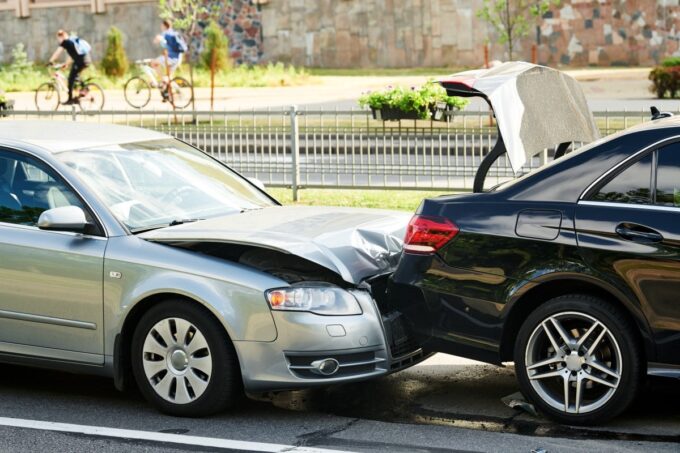
Determining liability is a pivotal and often intricate step in the claims process following a multi-vehicle collision. Here’s how you can things:
- Police report: The initial police report is a crucial document that may provide insights into who is at fault for the accident. While the report is not the final word on liability, it is often an essential starting point. It includes details of the accident scene, witness statements, and any citations or charges issued.
- Insurer investigations: Insurance companies representing the parties involved in the accident also conduct their investigations. These adjusters may inspect the vehicles involved, assess damage, and gather medical records to understand the extent of injuries. Their goal is to assign liability based on their findings, and this determination can significantly affect the insurance proceedings.
- Comparative negligence: In multi-vehicle collisions, it’s not entirely uncommon for multiple parties to share some level of fault. Many states operate under a comparative negligence system, which means that each party involved can be partially at-fault for this accident (in a certain percent). A Raleigh car accident lawyer will help you navigate these complexities, ensuring that your rights and interests are protected during negotiations or legal proceedings.
Dealing with Multiple Insurers
Multi-vehicle collisions often entail dealing with multiple insurance companies. With your lawyer’s help, you will do the following:
- Prompt notification: Notify your insurance company about the accident, even if you believe you weren’t at fault. They can guide the next steps.
- Coordinating claims: If multiple parties share fault, coordinating claims with several insurers can be complex but necessary.
Types of Insurance Coverages
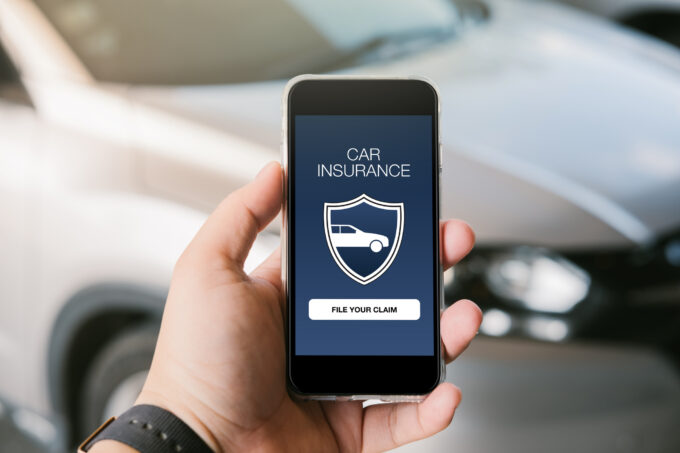
Understanding the different insurance coverages involved in a multi-vehicle collision is crucial to navigate the claims process effectively. The following are some of the types of insurance coverages found in North Carolina:
- Liability insurance: Liability insurance is the primary coverage that comes into play when determining fault in an accident. It typically covers damages to other parties when the policyholder is at fault. In multi-vehicle collisions, identifying the at-fault driver becomes essential, as their liability insurance should cover the injuries and property damage endured by the other parties involved. However, complications can arise when multiple parties share fault, necessitating careful assessment and negotiation between insurers.
- UM/UIM: Uninsured/underinsured motorist coverage can come to the rescue when the at-fault party lacks sufficient insurance coverage to compensate all affected parties adequately. This type of coverage safeguards you from the financial consequences caused by a driver with little or no insurance. UM/UIM coverage can be a vital safety net, ensuring you receive compensation even if the at-fault party’s insurance falls short.
- MedPay coverage: Medical payments coverage (MedPay) is an optional addition to your auto insurance policy that can be beneficial in multi-vehicle collision scenarios. Not available in many states, North Carolina’s MedPay deals with medical expenses for you and your passengers, regardless of fault. It can help bridge the gap in covering immediate medical bills while the liability investigation unfolds.
Documenting the Claim
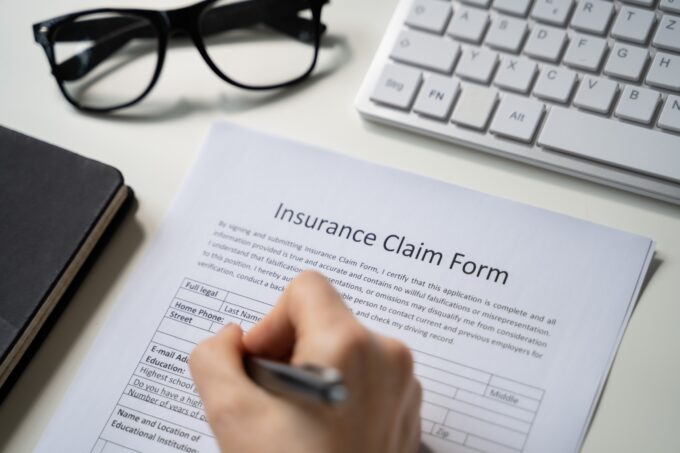
Thorough documentation is key to supporting your insurance claim. Below are some things you shouldn’t overlook:
- Medical records: Maintain records of all medical treatments related to the accident, including doctor visits, surgeries, rehabilitation, and prescriptions.
- Property damage: Document the extent of property damage with photographs and repair estimates.
- Witness statements: Collect statements from witnesses who can provide an account of the accident.
Negotiating with Insurers
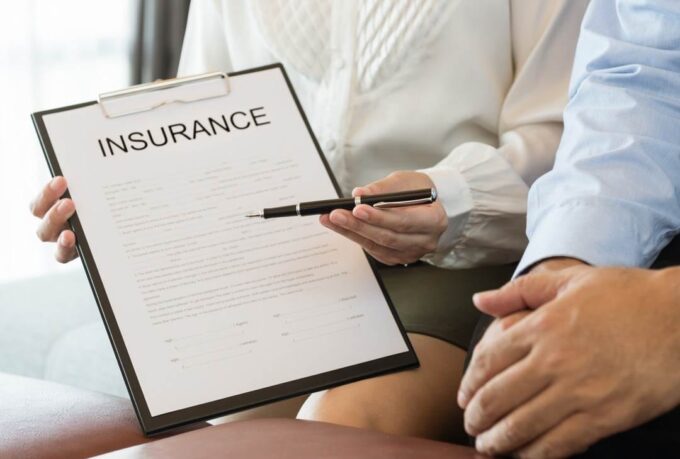
Navigating the intricacies of negotiating with insurers is critical to securing a fair settlement after a multi-vehicle collision. This process demands careful attention to detail, knowledge of insurance procedures, and effective communication skills.
Here are two things you should be aware of when the time comes to negotiate with insurance companies:
- Initial settlement offers: Be cautious about accepting initial settlement offers. They may not adequately cover your losses.
- Counteroffers: You can negotiate for a fair settlement that encompasses medical expenses, property damage, lost wages, and pain and suffering.
Obtain What You Are Owed!
Dealing with insurance claims after a multi-vehicle collision can be intricate. However, by comprehending the process, seeking legal guidance when necessary, and maintaining thorough documentation, you can navigate the complexities and work towards obtaining the compensation you rightfully deserve.



